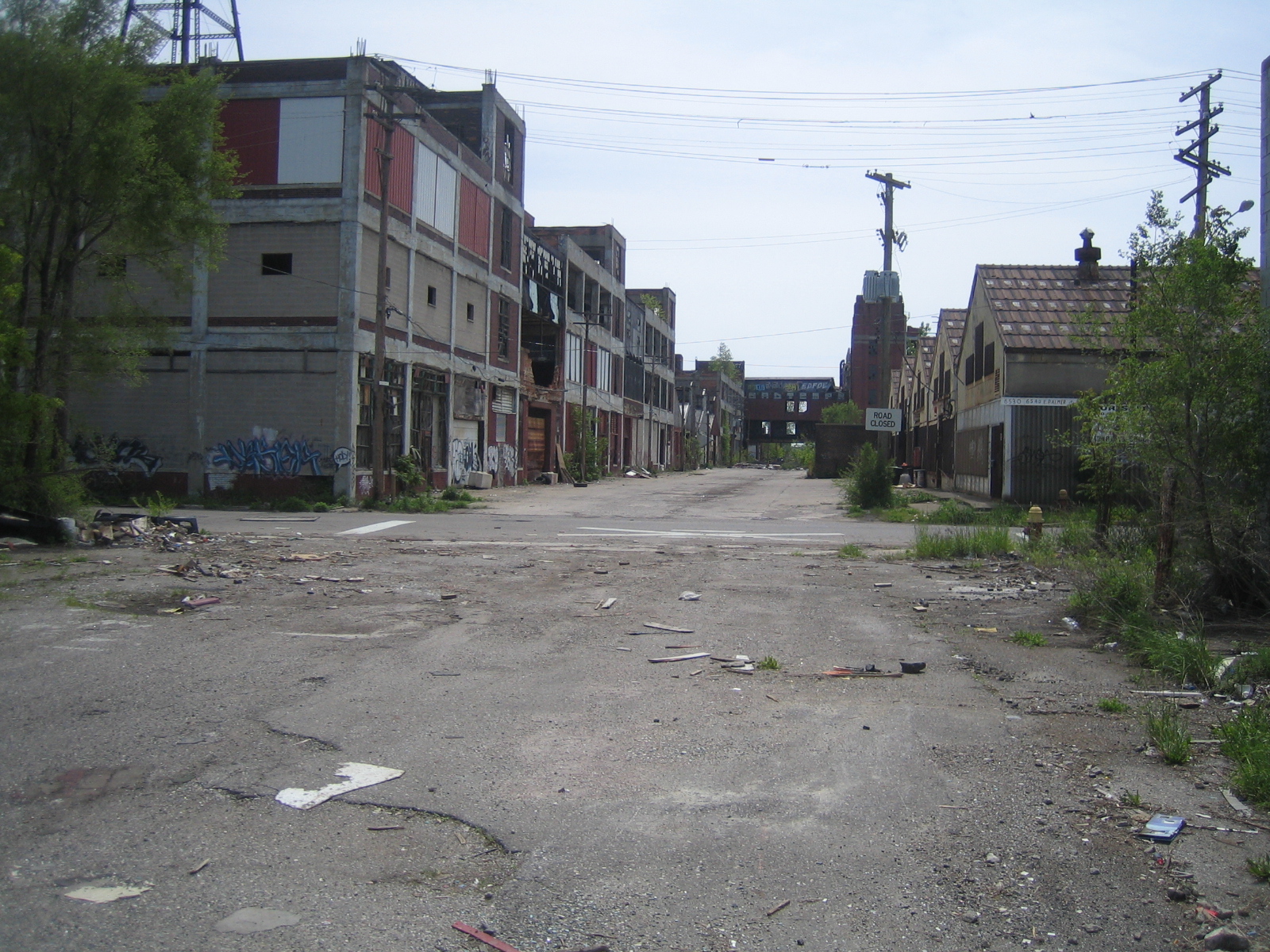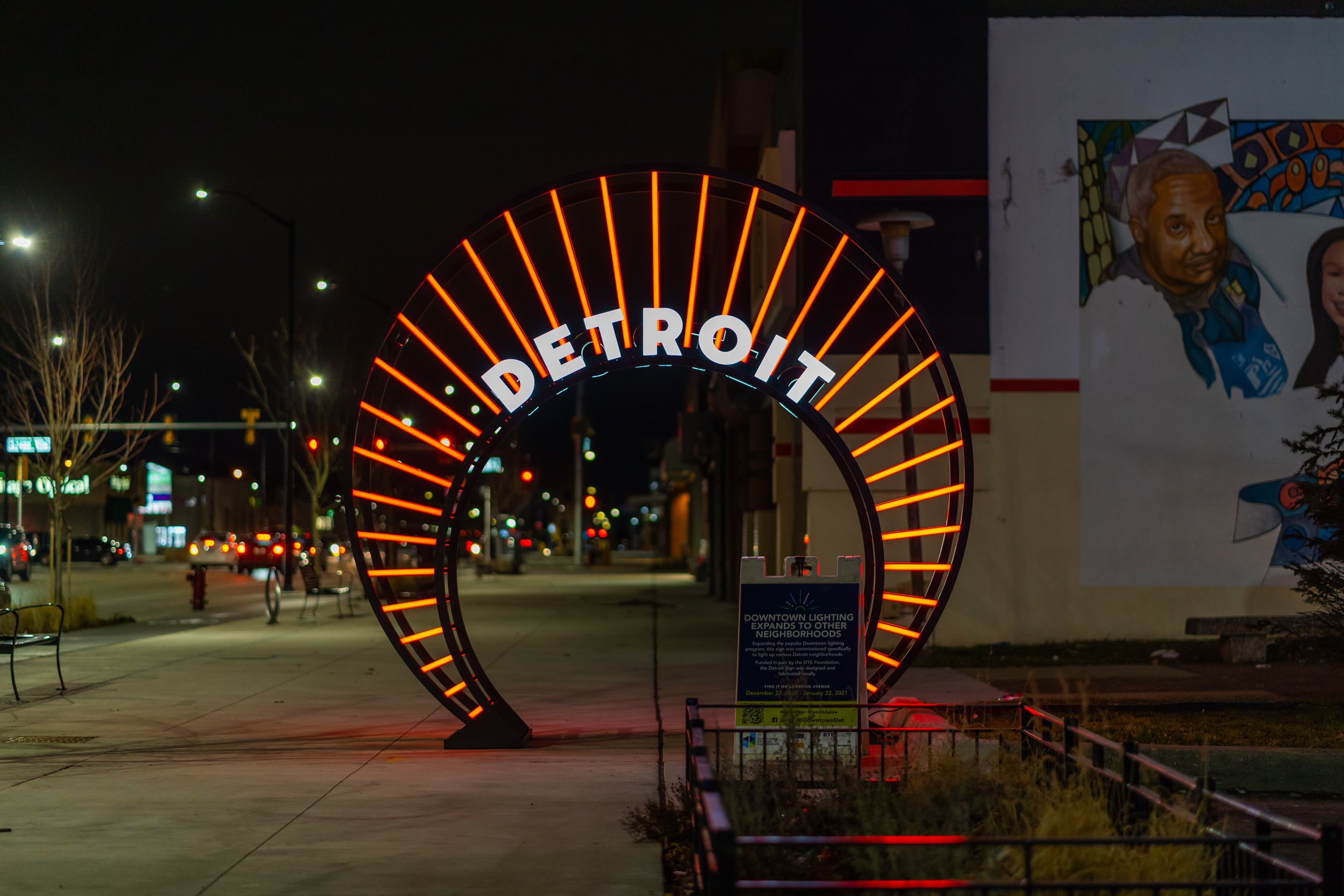Revealing the Diverse Neighborhoods of Detroit: From Liveliness to Rehabilitation
Getting Around Detroit’s Urban Landscape with Census Data and Community Resilience
Detroit’s neighborhoods are thoroughly examined, and one finds that the city is made up of a variety of communities, from thriving centers to places that require rebuilding based on the Southwest Journal. Though the cultural landscapes of Detroit are diverse, several districts lack the overall charm of the city. According to census data, Chaldean Town is the least preferred neighborhood for 2022. Notwithstanding Detroit’s standing as one of the best places to live, closer examination reveals several regions in need of more funding and attention. And yet Indian Village is among the rankings, demonstrating the city’s capacity for greatness. Every town deserves care and attention to survive, as readers are taken on a journey through the highs and lows of Detroit’s urban fabric as the story develops.

READ ALSO: Nevada Crime Report: A Look At The State’s Most Dangerous Urban Hubs
Detroit’s Neighborhoods Difficult Areas
Chaldean Town
Chaldean Town, a neighborhood rich in cultural legacy, ranks first among Detroit’s most difficult places due to its depressing economic situation. With a median income of only $16,172 and a staggering 24.7% unemployment rate, inhabitants struggle financially every day. The neighborhood’s difficulties are reflected in the housing market, where the startling $5,200 median home value highlights the wide-ranging economic inequality. Furthermore, recent burglary events have raised concerns, highlighting the community’s critical need for assistance and involvement from local authorities.
Forest Park
Forest Park faces significant social and economic challenges even though it is home to Detroit’s Federal Reserve office. 1,044 people are living in the area, which struggles with a high unemployment rate of 16.1% and a low median income of $14,872, which is indicative of widespread financial hardships. Local worries are raised by recent increases in auto thefts, which worsen the community’s problems. However, despite these difficulties, Forest Park provides people with a sense of relief due to its large number of parks and exciting nightlife, demonstrating the neighborhood’s capacity for resiliency and regeneration.
Petosky-Otsego
Despite its diminutive size, Petosky-Otsego, tucked away in inner Detroit, offers a microcosm of economic hardship. With a population of 7,177, the area has difficult challenges such as a 14.9% unemployment rate and a meager median income of $18,799, which makes many inhabitants’ aim of financial security unattainable. There is an urgent need for better safety measures as seen by the recent rise in minor crimes, which adds to the community’s discomfort. Petosky-Otsego does, however, have a bright spot despite the neighborhood’s financial difficulties: a lot of green space and reasonably priced housing possibilities.
Poletown East
Polish immigrants gave rise to Poletown East, a neighborhood with a rich history that now faces economic difficulties. Notably, the neighborhood’s small median income of $16,286 highlights the widespread financial burden that its 508 residents suffer, even despite its proximity to a General Motors assembly factory. The neighborhood’s unemployment rate is a noteworthy 14.9%. Concerns over safety and security are raised by recent increases in vandalism, which exacerbate the neighborhood’s problems. Notwithstanding the neighborhood’s financial difficulties, Poletown East presents a ray of light due to its reasonably priced housing possibilities, as evidenced by its median property value of $13,280.
Milwaukee Junction
Historically one of the city’s most formidable areas, Milwaukee Junction faces economic hardships after being a hive of Detroit’s car industry power. The population of 743 people lives with severe challenges, such as a 12.4% unemployment rate and a median income of $22,039, which represents the financial hardships that many people experience. The community’s problems are made worse by recent waves of shoplifting instances, which makes locals more concerned. Milwaukee Junction, however, has managed to hold onto its historic charm despite these difficulties, which is a tribute to the neighborhood’s fortitude and perseverance in the face of hardship.
Weatherby
Though it faces financial challenges, the highly promising area of Weatherby exhibits potential for development. At $18,733 for a median house value and $23,734 for a median salary, the area’s 1,643 residents struggle financially, highlighting the differences in income that exist. Public safety has been a concern for local authorities due to the community’s increased strain caused by recent spikes in drug-related crimes. As a monument to the tenacity and will of its citizens, Weatherby continues to shine brightly despite these setbacks, ready to rise above its difficulties and become a vibrant center within the Detroit environment.
Brightmoor
In the face of financial and security difficulties, Brightmoor, a once-promising planned community founded in the 1920s, finds it difficult to reach its full potential. With 9,961 people living there, the neighborhood’s 13.1% unemployment rate and $24,947 median income show the financial struggles that many locals endure. Concerns about home invasions have been raised recently, which has clouded the community’s feeling of security. Even with these losses, Brightmoor still has areas for recreational escape, including Eliza Howell Park, which stands as a testament to the community’s resilience and capacity for renewal in the face of hardship.
Riverdale
Riverdale, a thriving cultural district in the northwest region of Detroit, struggles with economic hardship. With 5,084 residents, the area has a vibrant nightlife and reasonably priced housing alternatives, but it also has a high unemployment rate of 12.4% and a median income of $28,243, which suggests that many residents suffer financially. In response to growing community concerns over safety, local officials and residents have been addressing mugging instances in recent times. Riverdale has the potential to flourish and is resilient in the face of hardship, as seen by its dynamic atmosphere and affordability despite these problems.
Carbon Works
Originally a bustling working-class neighborhood, Carbon Works is now faced with safety and economic issues. It is located along the banks of the Rouge River. 615 people are living in the village, and the unemployment rate is a startling 14.7%. The median income is $33,125, which reflects the financial hardships that many people in the community face. Concerns over stability and security have been raised by the recent spike in industrial thefts, which have exacerbated the neighborhood’s problems and targeted the few surviving enterprises in particular. Nevertheless, despite these difficulties, Carbon Works still has aspects of its thriving past. Its thriving nightlife and the tranquil Forman Park serve as rays of optimism amid the neighborhood’s hardships, signifying the community’s resiliency and capacity for regeneration.
Conant Gardens
Despite its colorful heritage, Conant Gardens, which dates back to the abolitionist movement, faces significant economic challenges. The neighborhood, which has a population of 1,080, has a startling 22.7% unemployment rate and a median income of $25,622, which highlights the financial struggles that many people in the area experience. Concerns among locals over safety and security have been exacerbated by a recent rise in property crimes. Conant Gardens, meantime, is a monument to resiliency, preserving its cultural legacy that inspires and unites its citizens, demonstrating the neighborhood’s continuing spirit and possibility for revival in the face of hardship.




![Tyson Foods Plant [Photo: Food Manufacturing]](https://southarkansassun.com/wp-content/uploads/2023/08/iStock_1185520857__1_.5e441daa51cca-600x337.jpg)







![Silverado Senior Living Management Inc. [Photo: Los Angeles Times]](https://southarkansassun.com/wp-content/uploads/2023/10/download-6-4-600x337.jpg)

![China's Wuhan Institute of Virology [Photo: Nature]](https://southarkansassun.com/wp-content/uploads/2023/09/d41586-021-01529-3_19239608-600x337.jpg)
















